The best decking materials in New Zealand
Written by
06 November 2019
•
8 min read
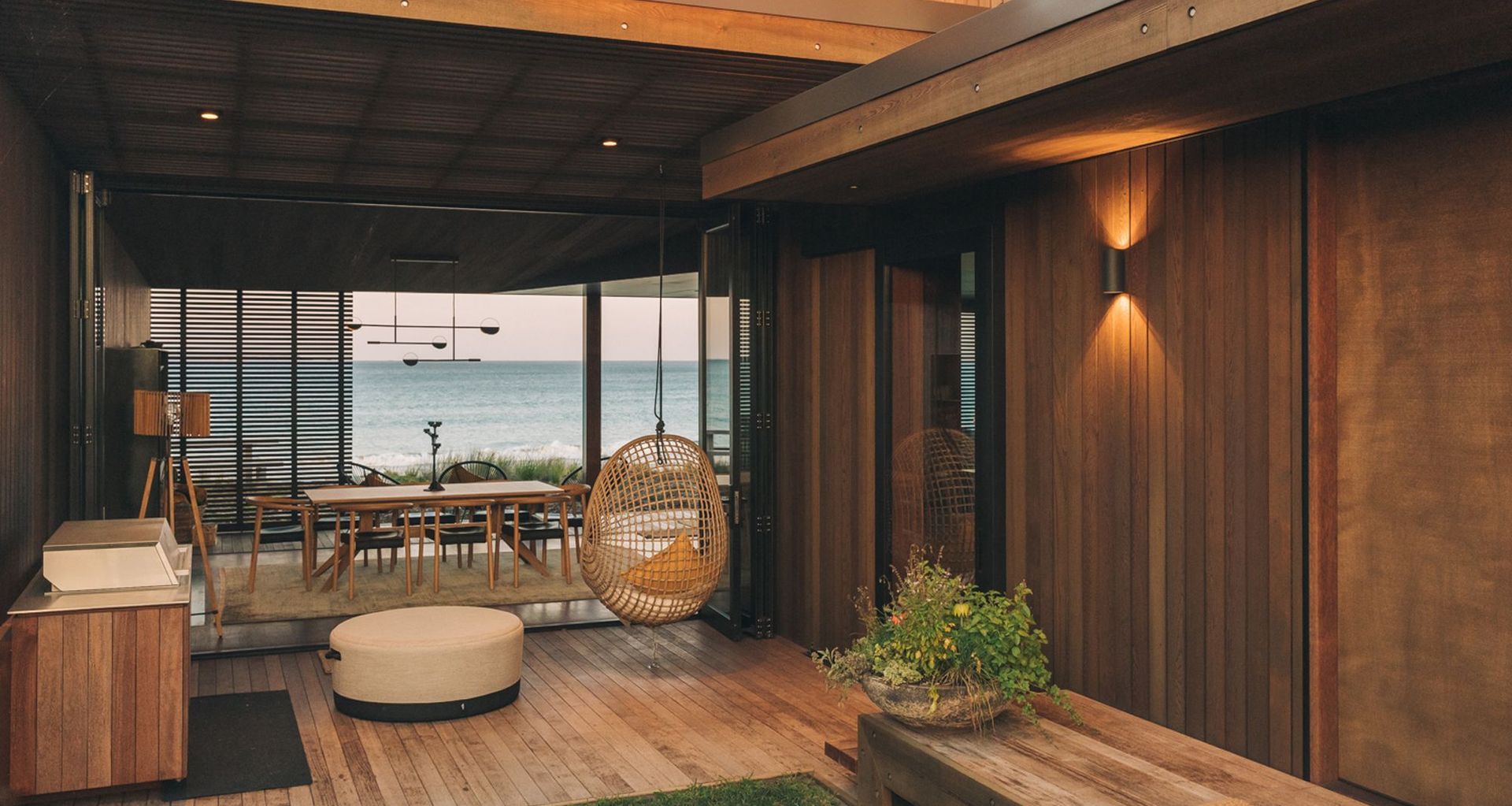
There are many different decking materials available in New Zealand which can make choosing the best option for your home, all the more challenging. Each has its own characteristics in terms of form and function, suited to different applications and environments. We’ve covered the most common types of decking materials that you can get in this country, looking at their strengths and weaknesses so you can decide what will be the best fit for your home.
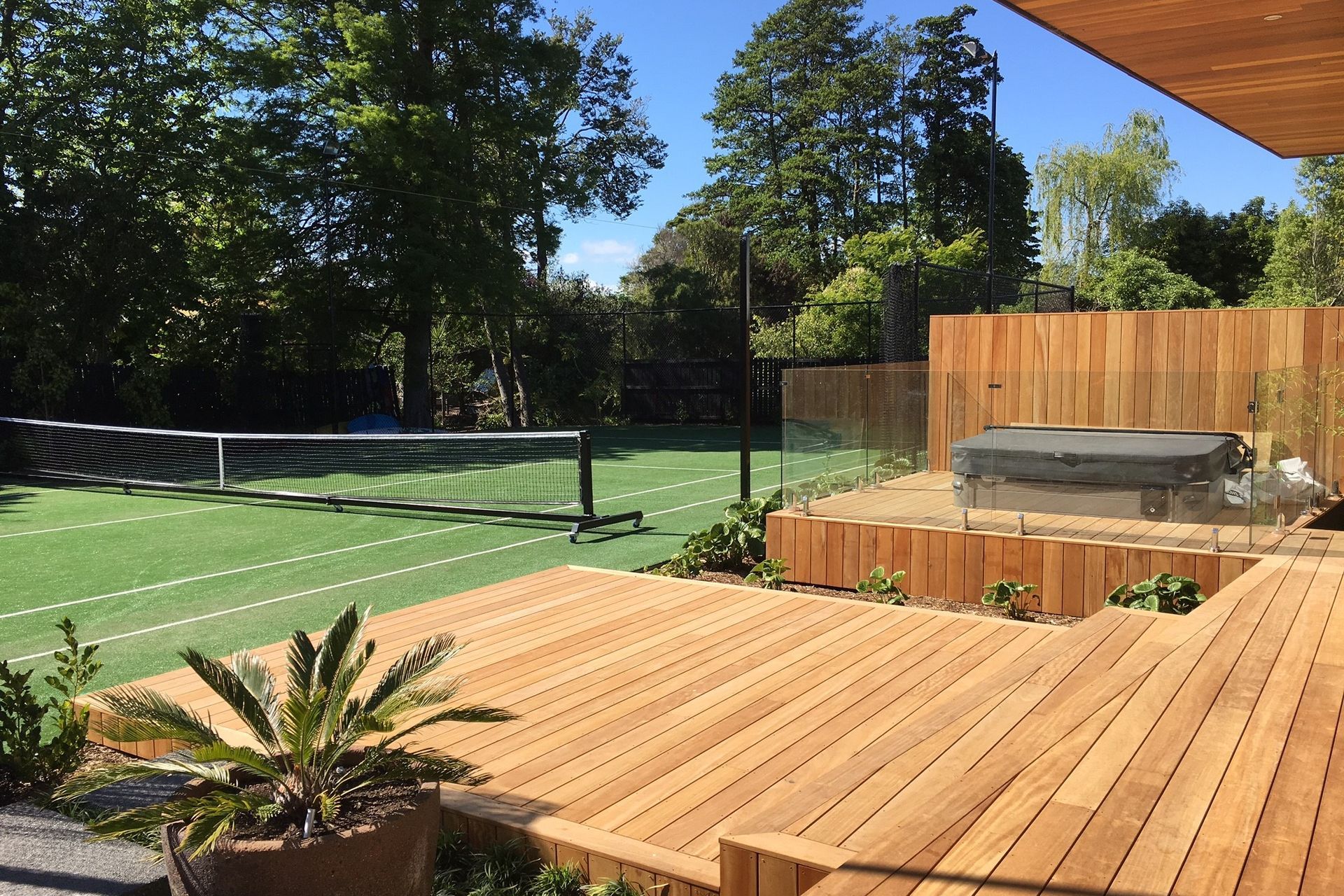
1. Timber decking
Natural wood is the classic and most popular option for decks in New Zealand with many different types of wood species to choose from. This includes both native and exotic softwood and hardwood timbers, with differences in physical characteristics that may surprise you.
The pros and cons of the main types of timber decking materials are as follows.
Cedar
The cedar deck is a favourite material for many deck builders because of its natural aesthetic. It fits well with several housing styles and naturally resists rot and insects. It's also an excellent material for winters in cold parts of the country as it won’t crack easily in low temperatures.
Macrocarpa
A macrocarpa deck is one that you can trust. Naturally resistant to rot and damage from insects, it’s an especially ideal choice for humid locations. Its tight grain and honey-like colour give warm and welcoming vibes to all.
Pine
A readily available and cost-effective choice, pine decking represents a solid softwood timber choice that is easy to work. It is often treated to increase its resistance, make it more durable, and increase its lifespan.
Kwila
If you’re looking for a reliable hardwood decking choice, then Kwila, also known as Merbau, is a great option to consider. As a tropical hardwood, it is naturally durable and resistant to insects and rot. Its appearance features both light and dark brown colourations.
Related article: Different timber decking options - which is best for your home?
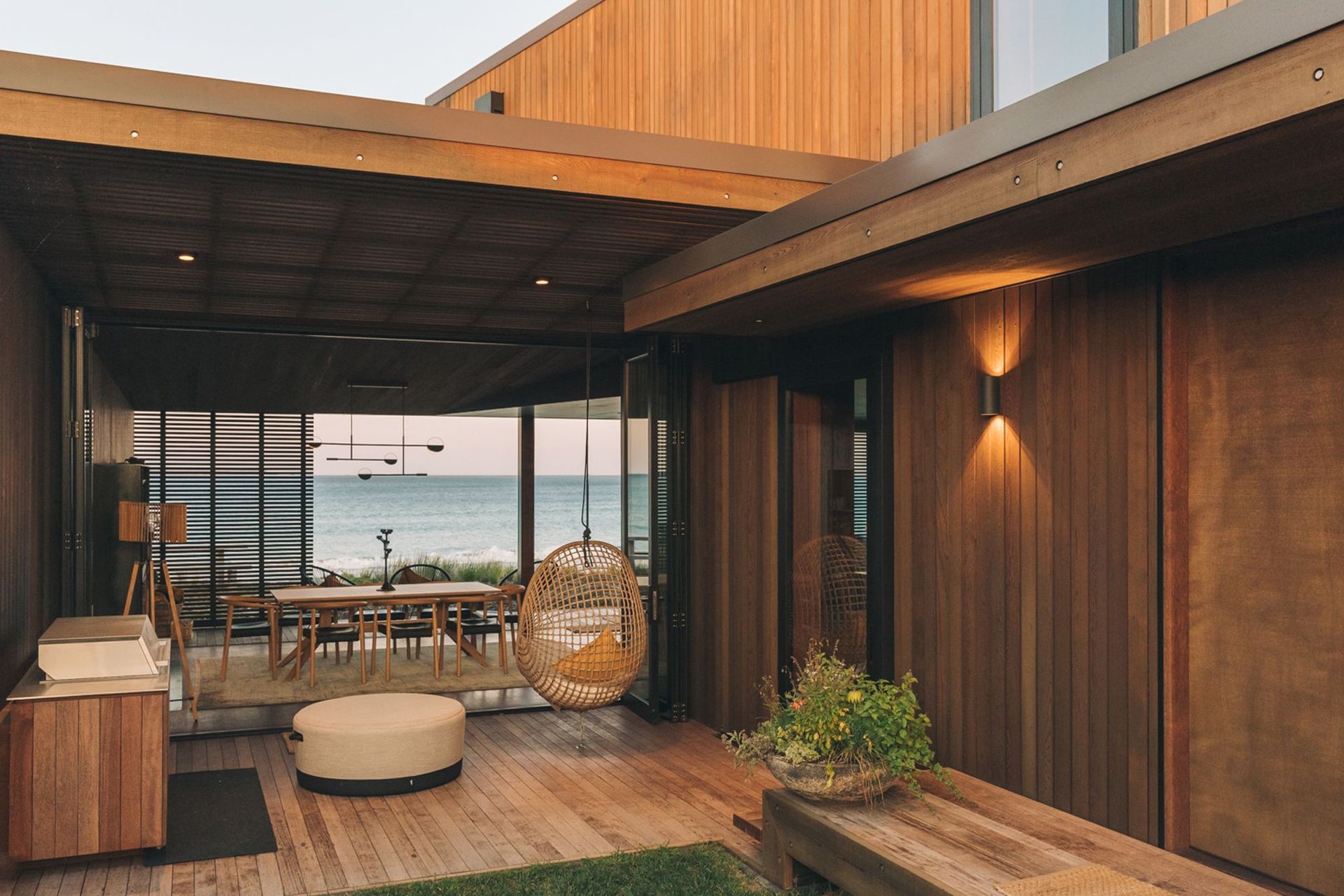
2. Wood composite decking
Another possibility is composite decking which is essentially a wood-plastic option that uses recycled wood composite and low-density plastics to create a durable material.
The presence of low-density plastic increases its longevity and helps keep the deck surface cool in the summer. It can also resist many potential threats, too, such as rot and insects.
Sometimes it can be more expensive than other options, however, it is a low-maintenance choice which means you will save money in the long run with less ongoing maintenance to worry about. It is also available in a wide range of styles and colours so you can really tailor the look quite specifically.
3. Aluminium decks
Another choice of deck material is aluminium which is a great long-term solution. It is a high-end option in terms of costs but it does have many strong qualities going for it which makes it quite an appealing choice.
First, aluminium is a durable and lightweight material. It requires less maintenance than many other materials, including popular wood choices. Aluminium decks also don't warp or crack so repairs are fairly uncommon. It can also look extremely stylish and modern, increasing your home’s visual appeal effortlessly. This also makes it a popular decking material option amongst designers and architects.
However, there are a few potential drawbacks to be aware of. Metal decks can quickly become hot underfoot if the outdoor temperatures are high and they’re fully exposed to the sun. They sometimes also have less traction compared to other materials which could be an issue after wet weather.
4. PVC decking
The final decking option we'll discuss is polyvinyl chloride (PVC) decking materials. This option is 100% man-made and generally uses recycled materials.
Like wood composite materials, PVC decking is an almost maintenance-free option. You can also find it in several choices of colours and textures, giving you some great aesthetic options to explore. It often also resembles wood so you can achieve the classic aesthetic of wooden decking if you choose.
PVC decking materials also have a high degree of scratch resistance. It also avoids heat retention, allowing the deck to feel comfortable underfoot.
However, some homeowners feel that this material has a faux look which doesn’t suit their own tastes.
Related article: Deck ideas that make a difference featuring stylish homes across the country
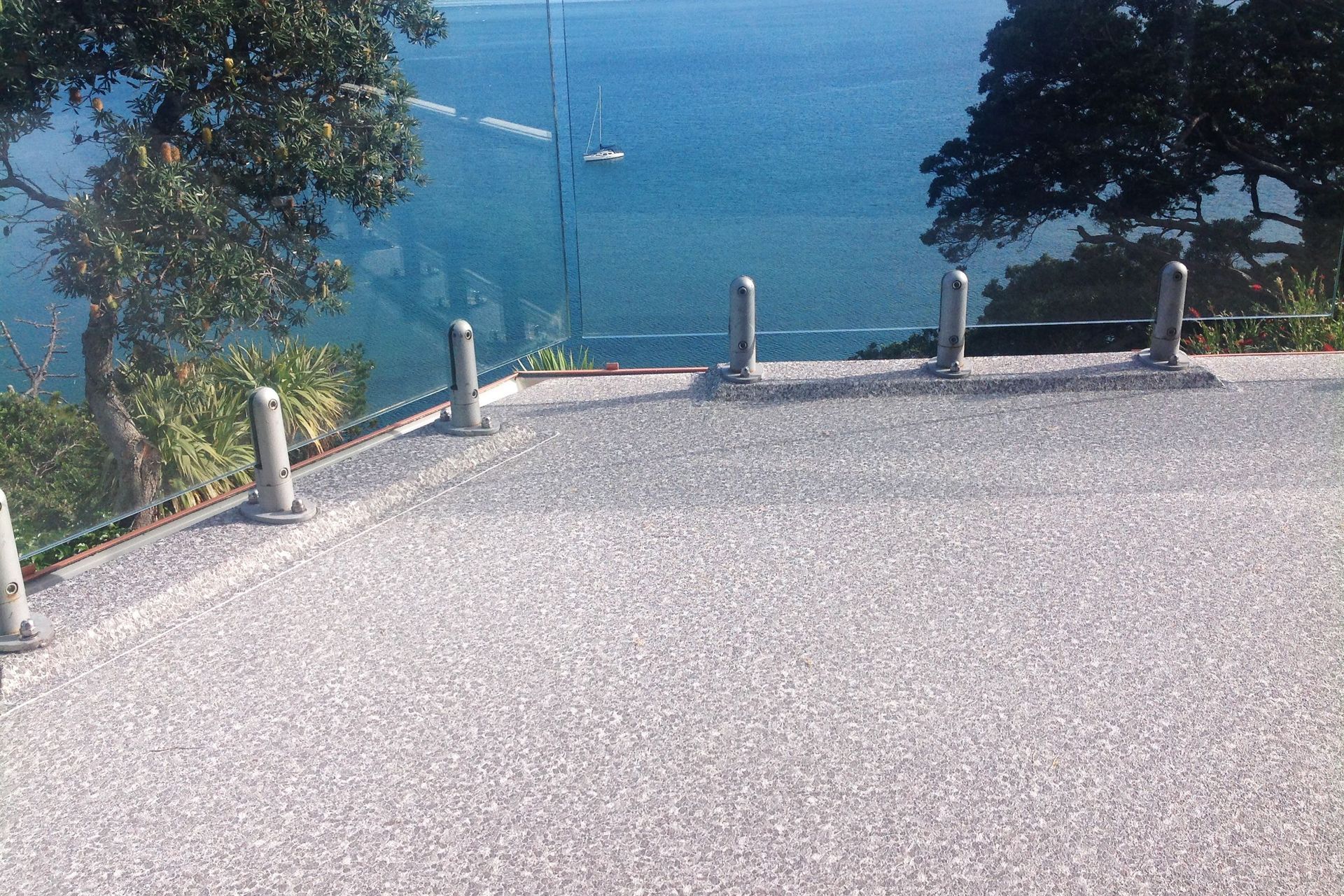
How to choose the right decking material for your home
Now that you've read the breakdown of the different decking materials, it's time to bring it all together with a step-by-step process that will help you choose the right option for your home.
1. Start with your location and climate
Given the constant exposure to the elements of any deck in an outdoor living space, it's important to start by thinking about the location and environment of your home. This includes things like the typical rainfall and moisture levels and the intensity of the sun during the summer. The former will require materials that are resistant to mould and decay while the latter will require materials that have decent resistance to UV damage. If your home is in a coastal location, like many are in New Zealand, then you'll also need something that will be resistant to corrosion due to exposure to salt and moisture.
2. Think about durability and ongoing maintenance
A decking project is a big undertaking and one you'll not want to repeat again for a while, which is why prioritising durability is so important. Comparing the respective lifespan of each of your shortlisted options is crucial to properly determine the return on investment. You'll also need to understand exactly what's required with respect to ongoing maintenance in order to get there. Traditional wood decking, for example, can last decades but does require staining and/or sealing which you need to be willing to do (or pay someone to do) in order to have it last. If you're not prepared to do that, an alternative like composite decking or PVC options might be the way to go.
3. Plan your budget
Costs are obviously hugely influential part of any building project and decks are no different. When planning your budget, it's important to take a holistic view, looking at long-term return on investment as opposed to just the short-term upfront costs. For example, hardwood timber can be relatively expensive at around $10 - $20 per linear metre compared to radiata pine at around $3 - $10 per linear metre but is more durable and can have greater natural resistance to rot and pests too, which ultimately means it will last longer. The best option with respect to this question may come down to how long you intend to live in your current abode so be sure to think about that too.
4. Prioritise aesthetics and functionality
Form and function a critical to any living space and both need to be considered in equal measure. How your deck looks, not just in isolation, but as part of your outdoor living space, is crucial to achieving a seamless, natural look for your home. Older or traditional-styled homes tend to suit the aesthetic offered by decking timber options while contemporary-styled homes can match quite well with composite and aluminium choices. In terms of functionality, this depends on factors like performance in local weather conditions (with things like slip resistance in wetter climates) and how the surface can cope with long-term furnishings like outdoor dining tables and chairs, BBQs, fire pits and more.
5. Consider environmental impact
If sustainability is important to you, as it is for many of us now, you may want to look into the credentials of your options as eco-friendly materials. For decking timber, this may mean looking for certifications from the Forest Stewardship Council (FSC) or the PEFC (Programme for the Endorsement of Forest Certification) as endorsements for sustainability. For composite decking, it may be checking that they are using recycled wood plastic composite materials during production. The use of recycled materials will also be relevant for aluminium as well as the use of renewable energy for production. Making decisions based on these factors will help you lower the carbon footprint of your own decking project.
Related article: Timber vs. composite decking — a comprehensive guide for New Zealand homes
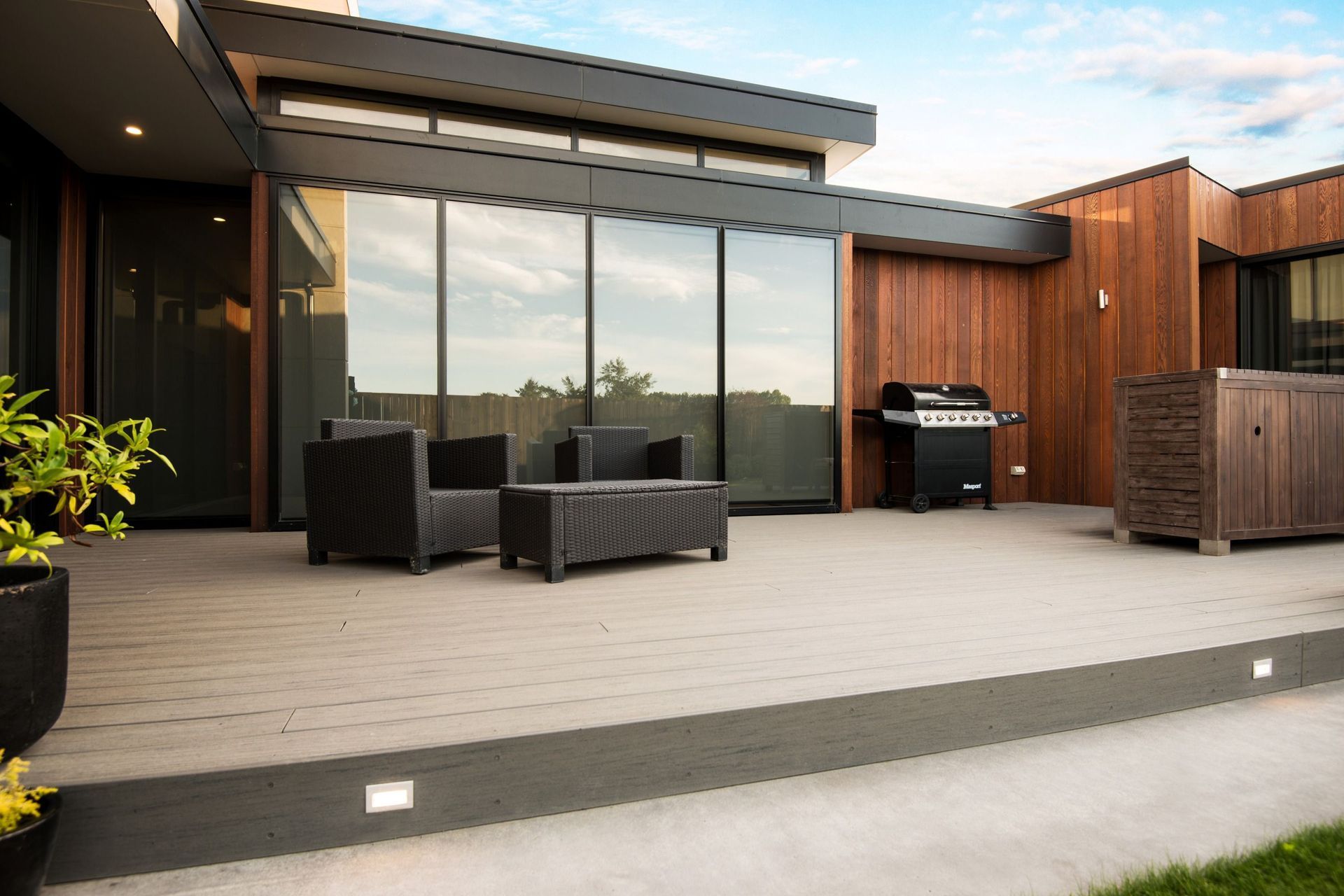
Pick the best decking materials for your home
As you can see, there are some fine choices available when it comes to decking materials, each with its own unique traits and benefits. The key is understanding the nature of your local climate and your own priorities in terms of budget, maintenance, longevity and aesthetics. In doing so, you’ll be able to quickly narrow down your options and pick a great material for building your dream deck in your home.
(This article was updated on 10th December 2024)
Browse an extensive range of high-quality outdoor decking products on ArchiPro
